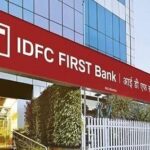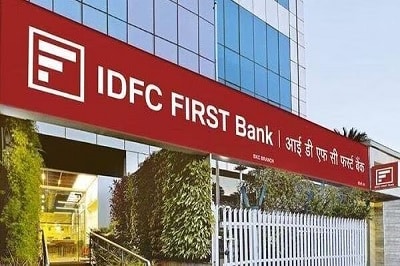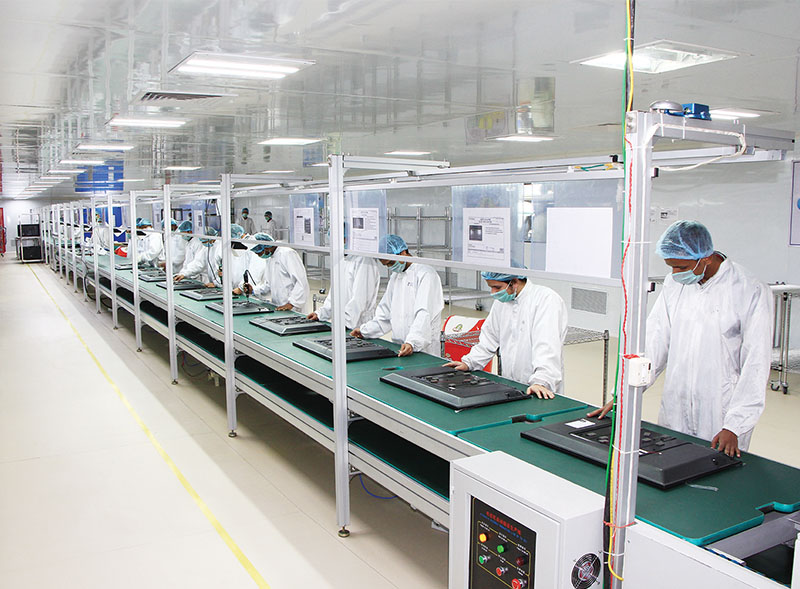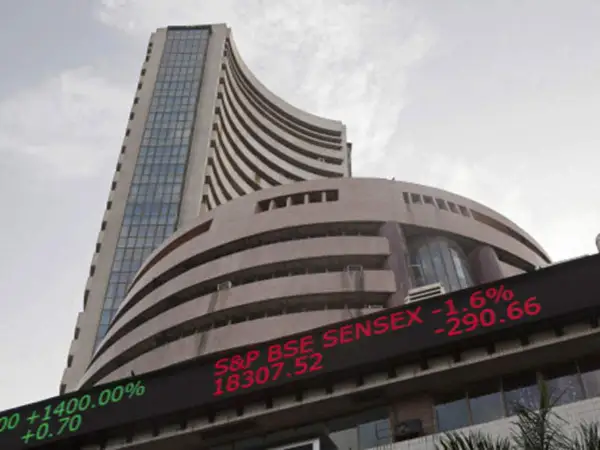

IDFC First Bank: India’s Next Private Banking Giant?
In India’s dynamic and competitive banking industry, few stories are as compelling as that of IDFC First Bank — a small-scale bank with ambitious dreams, strong leadership, and clear execution. Spearheaded by V. Vaidyanathan, the bank’s transformation from a debt-heavy infrastructure lender to a modern, tech-savvy, retail-focused powerhouse has been closely watched by investors, analysts, and banking peers alike.
From humble beginnings to challenging industry norms, Vaidyanathan has laid a new blueprint for what a progressive Indian bank could look like. With consistent delivery on promises and a bold vision for scale, IDFC First Bank today stands on the threshold of becoming India’s next major private banking success story.
Let’s explore his inspiring background, the formation and evolution of IDFC First Bank, and whether the bank is delivering on its bold promises — and more importantly, where it is headed in the years to come.
The Roots of a Leader: Who is V. Vaidyanathan?
V. Vaidyanathan’s story begins with hardship. Born in a modest family and raised by a single mother, his early days were marked by struggle. He lived in modest government quarters, used public transport to travel long distances for education, and often studied under difficult conditions. Despite all odds, his grit and ambition led him to graduate from Birla Institute of Technology and later earn his MBA from Jamnalal Bajaj Institute of Management Studies.
His banking journey started at Citibank, but his real impact came at ICICI Bank. Joining in the late 1990s, Vaidyanathan quickly rose through the ranks. At a time when most Indian banks were focused on corporate and infrastructure lending, he spearheaded ICICI’s retail revolution. He built scalable models for credit cards, home loans, auto loans, and personal loans.
Under his leadership, ICICI grew to dominate retail banking in India. He introduced the concept of retail banking at scale, reaching middle-class and lower-income customers through structured products and efficient branch expansion. By the mid-2000s, ICICI had become synonymous with modern, tech-enabled banking — thanks largely to Vaidyanathan’s vision.
He later founded Capital First, a new-age NBFC that focused on retail and MSME lending. Capital First’s success stemmed from his ability to combine technology, customer service, and responsible credit underwriting. The company grew its retail loan book from scratch to over ₹30,000 crore, while maintaining one of the cleanest asset books in the industry.
The Birth of IDFC First Bank
IDFC (Infrastructure Development Finance Company), originally established as a financial institution in 1997, was primarily involved in funding large infrastructure projects. It received a universal banking license from the RBI in 2015 and started operating as IDFC Bank. The goal was to expand into retail banking; however, IDFC Bank struggled to build a strong consumer base and remained heavily dependent on wholesale and infrastructure loans.
By 2017, it became evident that a deeper retail strategy was needed. This led to talks with Capital First, the high-performing NBFC led by Vaidyanathan. In December 2018, after regulatory approvals, IDFC Bank merged with Capital First in an all-stock deal.
Merger Highlights:
- Capital First shareholders received 139 shares of IDFC Bank for every 10 shares held
- Vaidyanathan became the CEO and MD of the newly formed entity: IDFC First Bank
- The bank brought together Capital First’s retail engine and IDFC Bank’s license and capital
The merger was termed a reverse merger by many market observers, as Capital First — the smaller entity — took operational control and leadership.
This marked the beginning of a massive transformation, shifting focus from infrastructure-heavy lending to a balanced and sustainable retail-focused model.
What He Inherited: The Challenges at Day One
When Vaidyanathan took charge:
- Infrastructure loans were 75% of total book — risky, lumpy, and prone to delays
- Retail loans were under 13% — stable but underrepresented
- CASA ratio was 8.6%
- Weak profitability, high NPAs
- Investor confidence was low
His mission was clear: reduce infrastructure dependency, grow retail lending, improve asset quality, and build trust.
Vaidyanathan’s Bold 5-Year Plan
In 2019, he published a 5-year financial roadmap — a rare move in Indian banking. These were his stated goals:
- Increase retail loan share to 70-75%
- Grow CASA ratio to 35-40%
- Reduce Gross NPA to <2%
- Achieve Net Interest Margin >5.5%
- Deliver RoE of 13-15%
This open declaration created strong investor faith. Here’s how the bank performed by FY24:
Execution: What Was Achieved and What’s in Progress
Retail Loans:
- Achieved: Grew to ~77% of the total loan book
- Achieved: Infrastructure loans reduced to <20%, enhancing stability
CASA Ratio:
- Achieved: Reached 50.3%, surpassing target
Gross NPA:
- Almost Achieved: At 2.11% (just slightly above target)
Net Interest Margin:
- Achieved: Over 6%, industry-leading
Return on Equity (RoE):
- In Progress: Currently at ~10%, trending upward
Profitability:
- Achieved: FY24 net profit ₹2,957 crore, strong turnaround from earlier losses
Vaidyanathan’s Public Statement:
“We are building a bank that is high in governance, strong in retail capabilities, and focused on long-term wealth creation for all stakeholders.”
What Makes Vaidyanathan Special
- Visionary Leadership – First to commit publicly to a 5-year plan and execute most of it successfully.
- Track Record at ICICI – Pioneered retail banking, creating the playbook others followed.
- Capital First Success – Created a clean retail lender with industry-best NPAs.
- Trust and Transparency – Open reporting, no hidden charges, customer-first approach.
- Humanity – Gifted personal shares to office staff, support workers, and drivers.
IDFC First Bank: Key Differentiators
- Retail First – Millions of small loans across products
- Stable Asset Base – Safer than infrastructure-focused banks
- Digital Focus – Mobile-first, UPI, and credit card innovation
- Strong Governance – Ethical leadership and disclosure
- Potential for Massive Scale – Though still small in size, the bank has the structure, leadership, and ambition to become the next HDFC or Kotak in the long run
The Road Ahead
Going forward, the bank plans to:
- Expand credit cards (already 4.5M+ issued)
- Grow MSME and personal loans
- Maintain RoE improvement toward 15%
- Invest more in technology and rural expansion
What’s exciting is the potential. The bank’s size today may be modest, but with its fast-improving metrics and strong retail strategy, it is well positioned to scale massively over the next decade. Investors with a long-term mindset see IDFC First Bank as an early-stage opportunity in a sector dominated by giants.
Risks include:
- Economic downturn
- High interest rates
- Fintech disruption
But overall, the leadership and strategy suggest a sustainable growth trajectory.
Final Thoughts
IDFC First Bank is not just a turnaround story — it’s a transformation story.
From high-risk infrastructure exposure to a stable, diversified retail powerhouse, Vaidyanathan has delivered on most of his promises. His clear communication, ethical standards, and proven ability make IDFC First Bank one of the most investor-friendly and growth-focused banks in India today.
It’s not just a stock. It’s a story of leadership, trust, and long-term wealth creation — and possibly India’s next banking giant in the making.









Post Comment